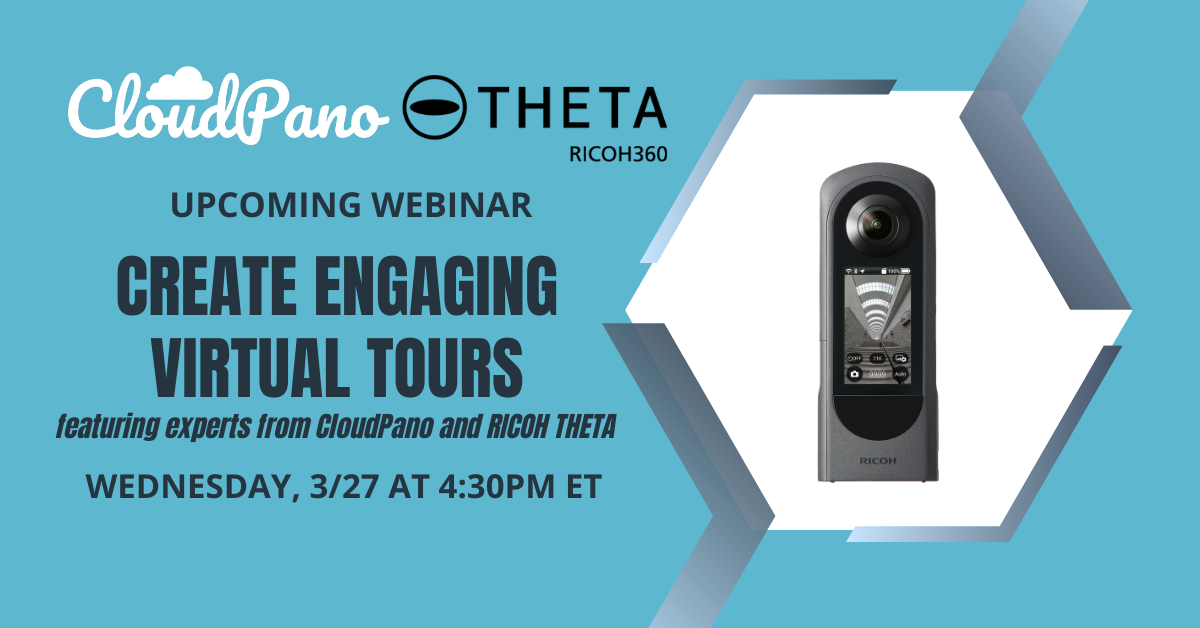Did you know that the THETA has a plug-in function? I bet many of you think plug-ins are hard to use and aren’t for you. This time, we interviewed a member of the THETA Business Division, which designed the plug-in function, and ask them about the plug-in function’s appeal.
Mr. Takada, the leader of the Design Group in the Development Division of the THETA Business Division, answered our questions.

Q. First, could you explain to us what a plug-in is?
A plug-in refers to software that can expand or add new applications (functions) to the camera. The RICOH THETA V and THETA Z1 use an Android-based OS (Operating System), so a variety of new functions can be added to the camera via plug-ins just like installing apps on your smartphone.
Q. It’s really convenient that you can add functions after you purchase the THETA camera. Why did you decide to support plug-ins in the first place?
Development of the THETA started with the concept of a “photographic field” in which the entire scene could be captured, even the atmosphere. In order to take a photo without ruining the atmosphere of the scene, there can be no hesitation or delay when taking the shot. Take the camera out of your pocket, turn on the power, and press the shutter button. We wanted shooting to be as simple as that.
When the THETA first went on sale in 2013, 360-degree cameras for consumer use weren’t being sold on the market then, so most people didn’t know how to take photos with them. If there were many buttons, just seeing those buttons would make them think that it was hard to use and it wasn’t for them. Therefore, we worked to eliminate as many functions as possible, to keep buttons to a bare minimum, and to make the UI/UX simple so that customers would be able to quickly take photos without hesitation.
We received many requests after customers started actually using the 360-degree camera after its release. So, for the THETA m15 (2014), THETA S (2015), and THETA SC (2016) models that went on sale after that, we continued to add the requested functions. However, there were numerous requests that couldn’t be accommodated and it was a frustrating situation. Also, with the addition of functions, the UI also became more complex, and there was a major concern that it was gradually hindering the “simple and easy to use” aspect of the camera.
That’s why we used an Android-based OS for the THETA V which went on sale in 2017 and adopted a plug-in system. By allowing the users to choose the functions they want themselves, we were able to avoid adding unnecessary functions which would complicate the UI.
In addition, we released APIs (*1) and SDKs (*2) required with THETA plug-in development and established a system in which partner developers could freely add functions. It’s been a year and a half since the release and various functions (plug-ins) that could not have been developed by Ricoh alone have been developed by engineers around the world and are available via the PLUG-IN STORE for anyone to install.
Currently, following the THETA V, the THETA Z1, which went on sale in 2019, also supports plug-ins.
There are still many who don’t know about THETA plug-ins. I hope more people learn about the plug-ins, so they can develop interesting functions and then more people can use those functions.
(*1) Application Programming Interface: Specification of the interface used when software components interact and exchange information with each other.
(*2) Software Development Kit: Development kit used to implement a function in application development.

Q. We’d like to take this opportunity to introduce to our readers the types of plug-ins that are available. Do you have any recommendations?
< Single Lens Shooting >
For example, there was a request to enable taking regular photos with the THETA, and the plug-in that answered that request was “Single Lens Shooting.” A still image is captured with THETA’s front lens (opposite the shutter button). There are two kinds of aspect ratios, 4:3 and 1:1.
< Time Shift Shooting >
For this function, THETA’s front lens (opposite the shutter button) and rear lens (near the shutter button) shoot using a time difference. Because the front and rear lenses shoot at different times, moving to the lens that is not shooting makes it possible to shoot photos without the photographer in the shot.
Although this function is used in the real estate industry to take photos of rooms at properties, it can be used by individuals when they only want to capture the scenery. This function can also be used to take a unique photo where the photographer is captured twice in the 360-degree photo by deliberately moving to each lens when it’s shooting.
< Self-timer Locked >
If you have this plug-in set, you can shoot still images and movies with the self-timer by starting the plug-in (pressing and holding the bottom-most Mode button on the side of the THETA).
Once the THETA V is turned off, the self-timer mode setting is canceled. This makes complicated operations, such as connecting the THETA to a smartphone to set self-timer mode or turning the power on while pressing and holding the Mode button, necessary. However, if you use this plug-in, you can shoot with the self-timer without having to connect the camera to a smartphone.
This function is extremely convenient particularly for underwater shooting, as the mode can easily be switched to self-timer mode even when the camera is in Underwater Housing TW-1.
Other than that, SONY’s MESH (https://meshprj.com/en/) can be used to support the use of a remote shutter. There’s also a plug-in that enables releasing the shutter via voice command.
Among the unique plug-ins is “Meow Shot!” This plug-in, operated via smartphone, emits a meowing sound from the THETA and releases the shutter when the attracted cat comes near the camera.
This function enables you to take the perfect shot when the cat comes near the THETA curiously upon hearing the meowing sounds it’s emitting.
How to install a plug-in
Plug-ins can be installed in just three simple steps.
STEP 1: Use the included USB cable to connect the RICOH THETA to a computer.

STEP 2: Access the RICOH THETA PLUG-IN STORE and click “Download” for the plug-in you want to install.

STEP 3: When the basic app for computer “RICOH THETA” is automatically launched, follow the on-screen instructions to install the plug-in. Make sure to leave the camera and computer alone until the installation is complete.

There are many other functions besides those introduced here, so please try them.
Click here to install plug-in functions.
We’re also looking for partners who want to develop plug-ins.
Click here if you want to take on the challenge and develop a plug-in.

(Interviewer: Nakamoto)




.jpg)


.svg)




